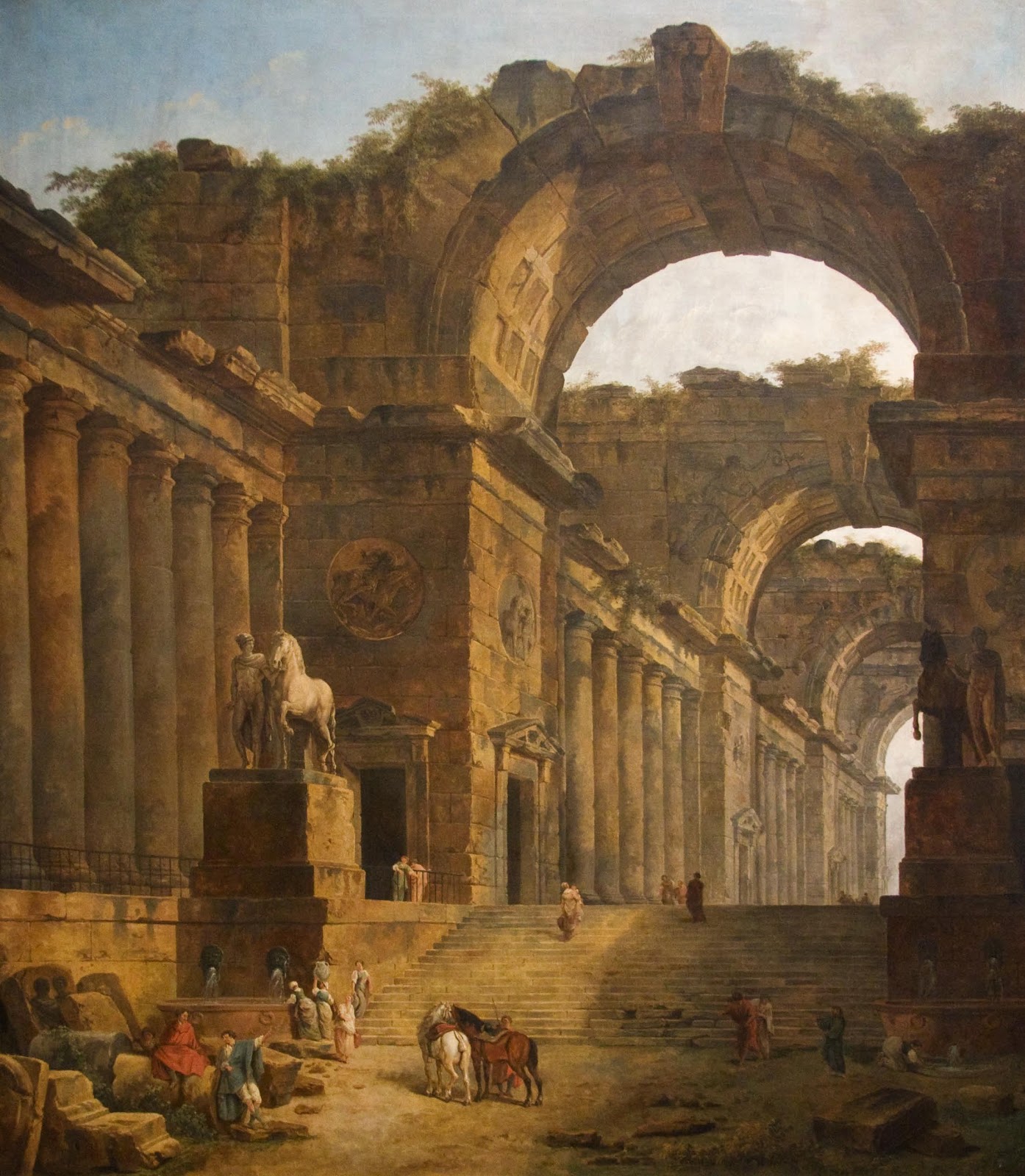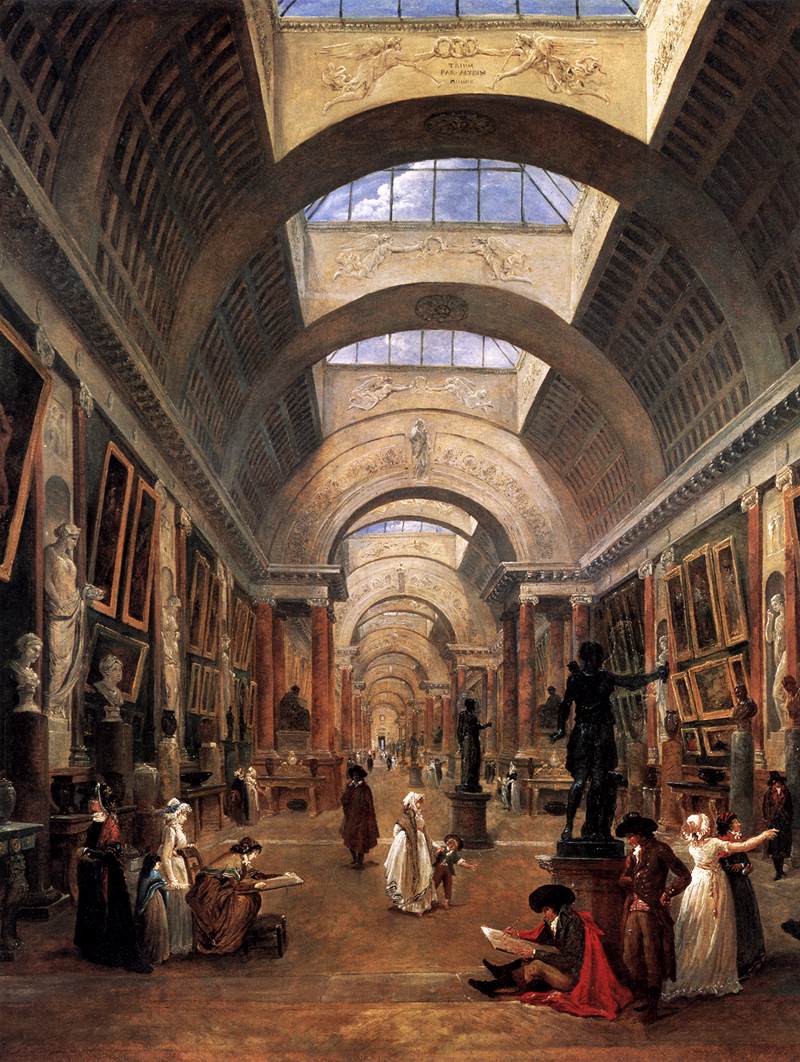Author: Ercole de' Roberti (Italian Early Renaissance painter, 1450-1496);
Title: The miracles of St Vincent Ferrer;
Date: 1473;
Medium:Tempera on wood;
Dimensions: 30 x 215 cm;
Current location: Vatican Museums
This work by Ercole de' Roberti forms the predella of the altarpiece painted by his teacher, Francesco del Cossa🎨, for the Griffoni Chapel in S. Petronio, Bologna in 1473.
The central panel is preserved in the National Gallery of London, while the side panels are in the Pinacoteca of Brera in Milan.




















